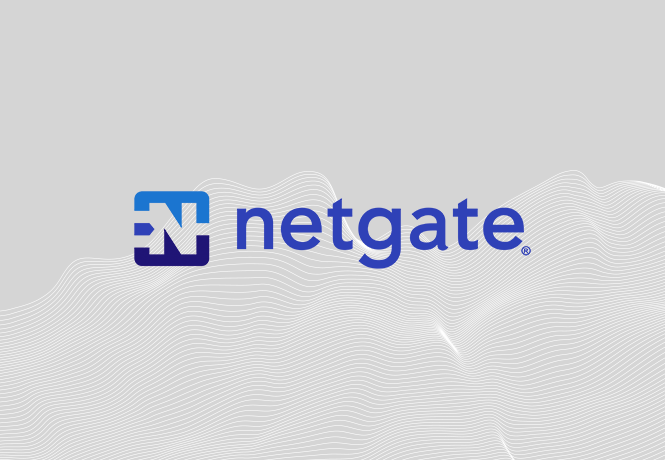I deleted the last two posts on network performance because they contained some incorrect and misleading information, because of some problems we discovered.
We’ve eliminated the performance issues discovered in 1.2b1 in current snapshots starting several days ago. We kept some kernel patches that show measurable performance gains, and removed others that showed no gains. We’re now about 15% faster in 1.2 than in 1.0, and about 10% faster than m0n0wall 1.3 (pf patches now make it faster than ipfilter in m0n0wall).
m0n0wall 1.2 still makes us look silly (1.5 times as fast), but that’s to be expected with its FreeBSD 4.x base. FreeBSD 6.2 has closed that gap considerably from the disaster that was FreeBSD 5.x, and FreeBSD 7 looks to draw nearer to 4.x performance. Note that I’m strictly talking about single processor machines, SMP systems are a much different story, but I won’t comment on those until I get a chance to do some testing.
To explain what I mean by X% faster, or Y times as fast, what we’re measuring is simply maximum achievable throughput on a given piece of hardware. For the tests mentioned above, I used 200-350 MHz pfSense machines because I don’t have the resources to max out anything faster than that. The resultant speed is measured using a single TCP stream with 1500 byte packets.
Chances are none of the mentioned improvements will have any noticeable effect on your systems, unless your hardware is undersized. For example, let’s say you’re running a Pentium II 266 MHz PC system on a 10 Mb Internet connection. If that system could previously push around 50 Mbps, now you’ll be able to push more like 55-60 Mbps. But it doesn’t matter since you only need 10 Mbps throughput for your Internet connection.
As a second example, say you have a Pentium III 800 MHz system with 100 Mb NIC’s. It could push 100 Mb wire speed already, so the only benefit from this is very slightly reduced CPU usage while pushing 100 Mb wire speed.
I’ll be posting numbers on a variety of tests on a number of different hardware platforms in the near future.
-01.png?width=926&height=181&name=Netgate%20Logo%20PMS%20(horizontal)-01.png)
%201.png?width=302&name=Netgate%20Logo%20PMS%20(horizontal)%201.png)
